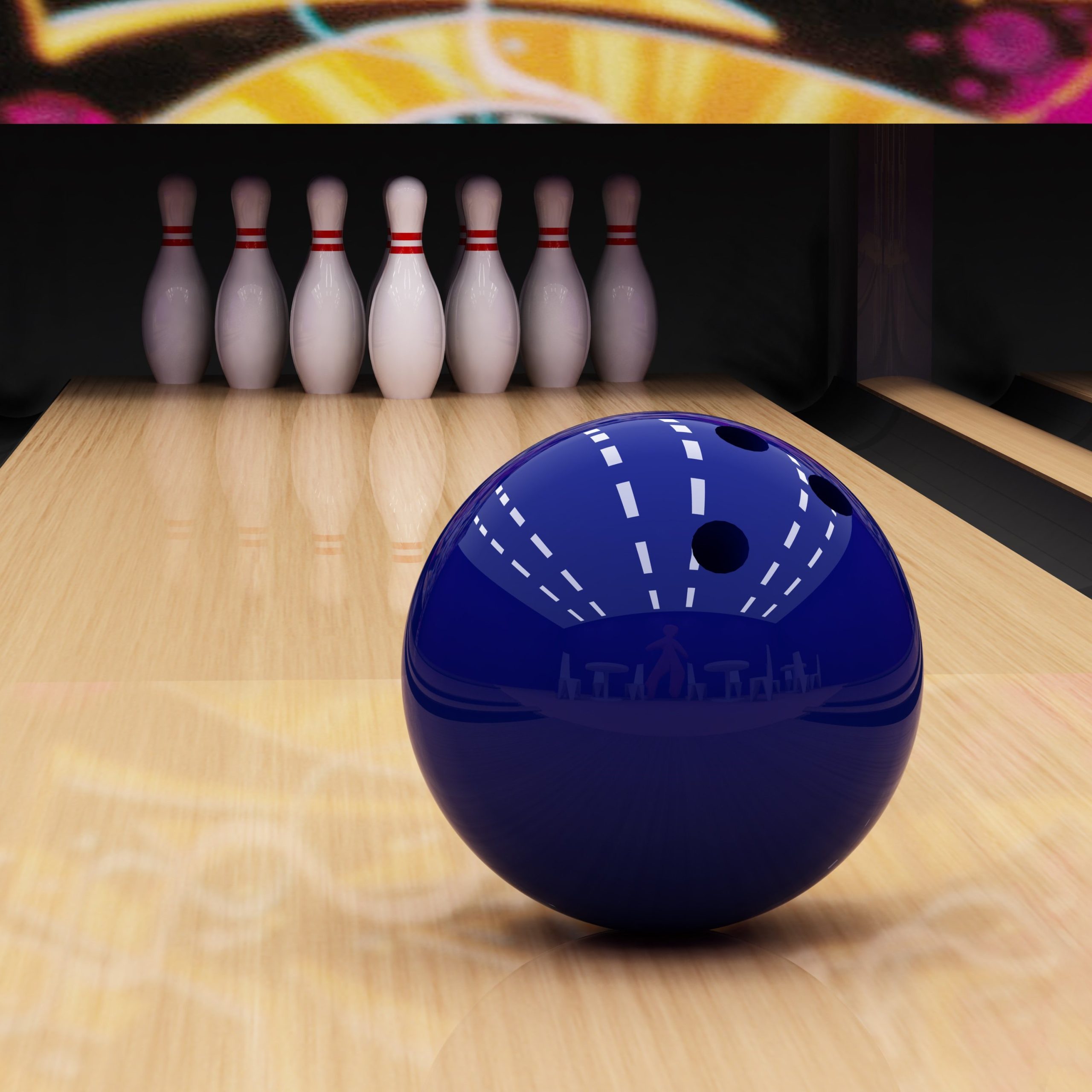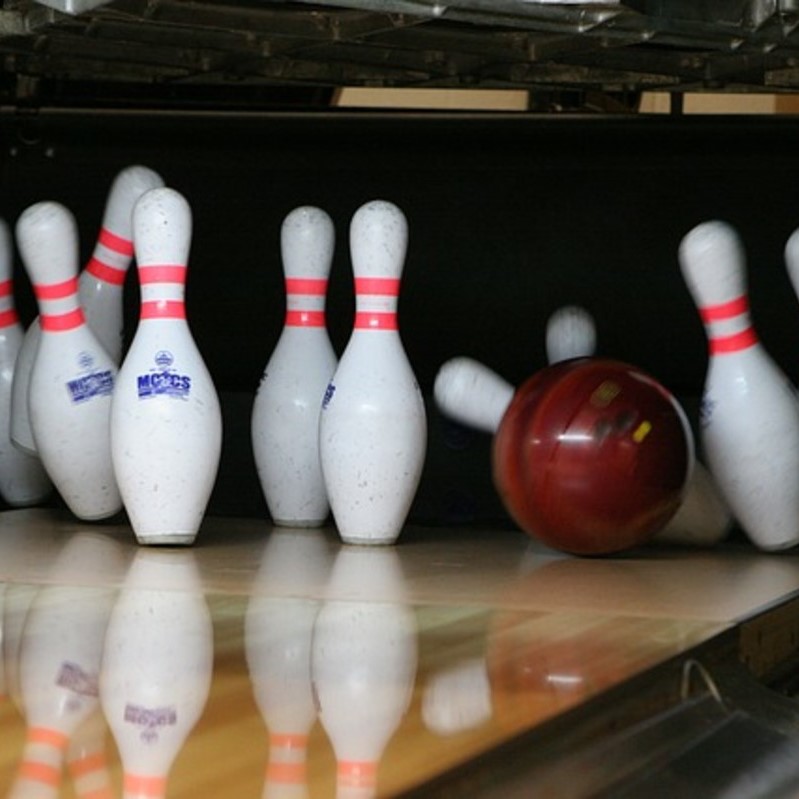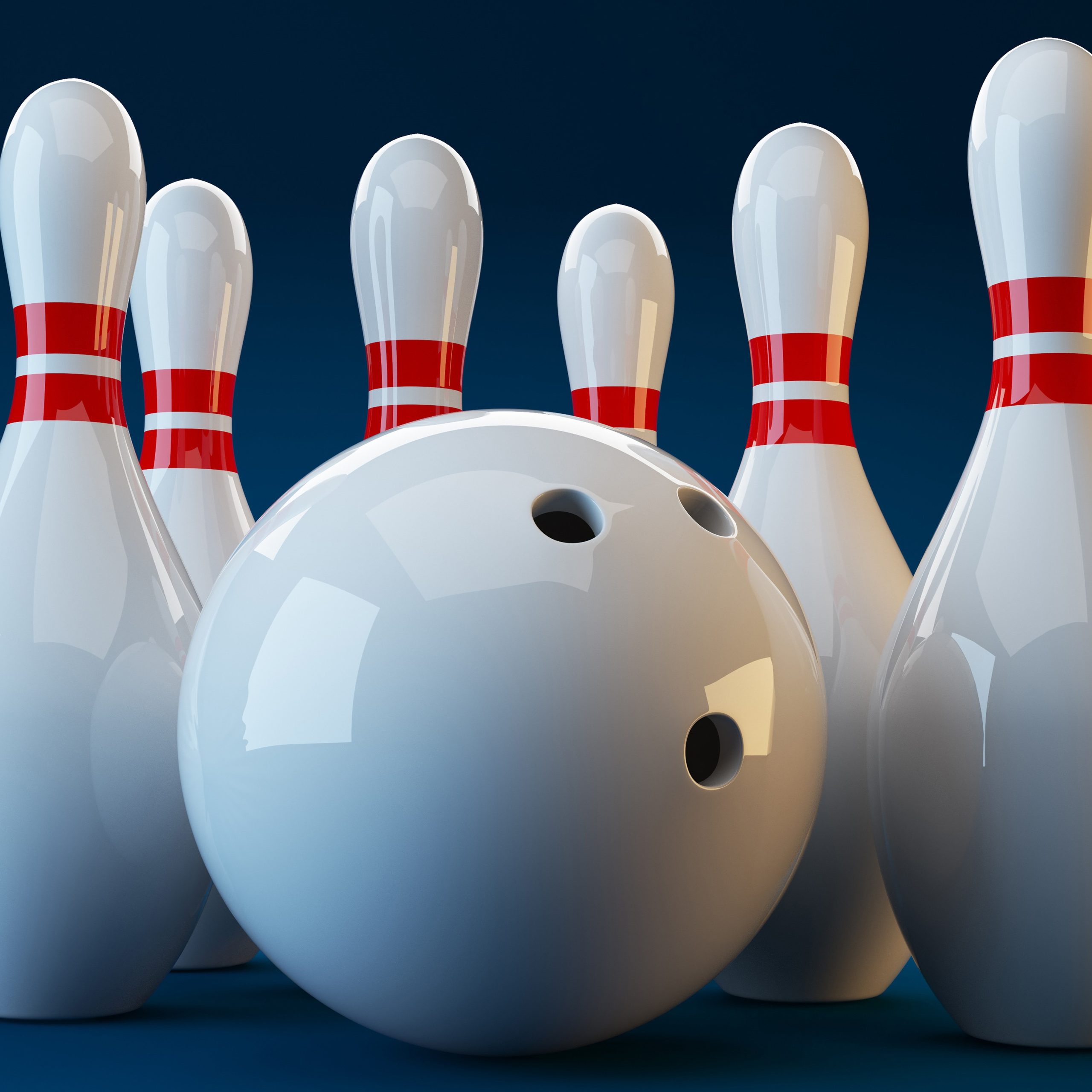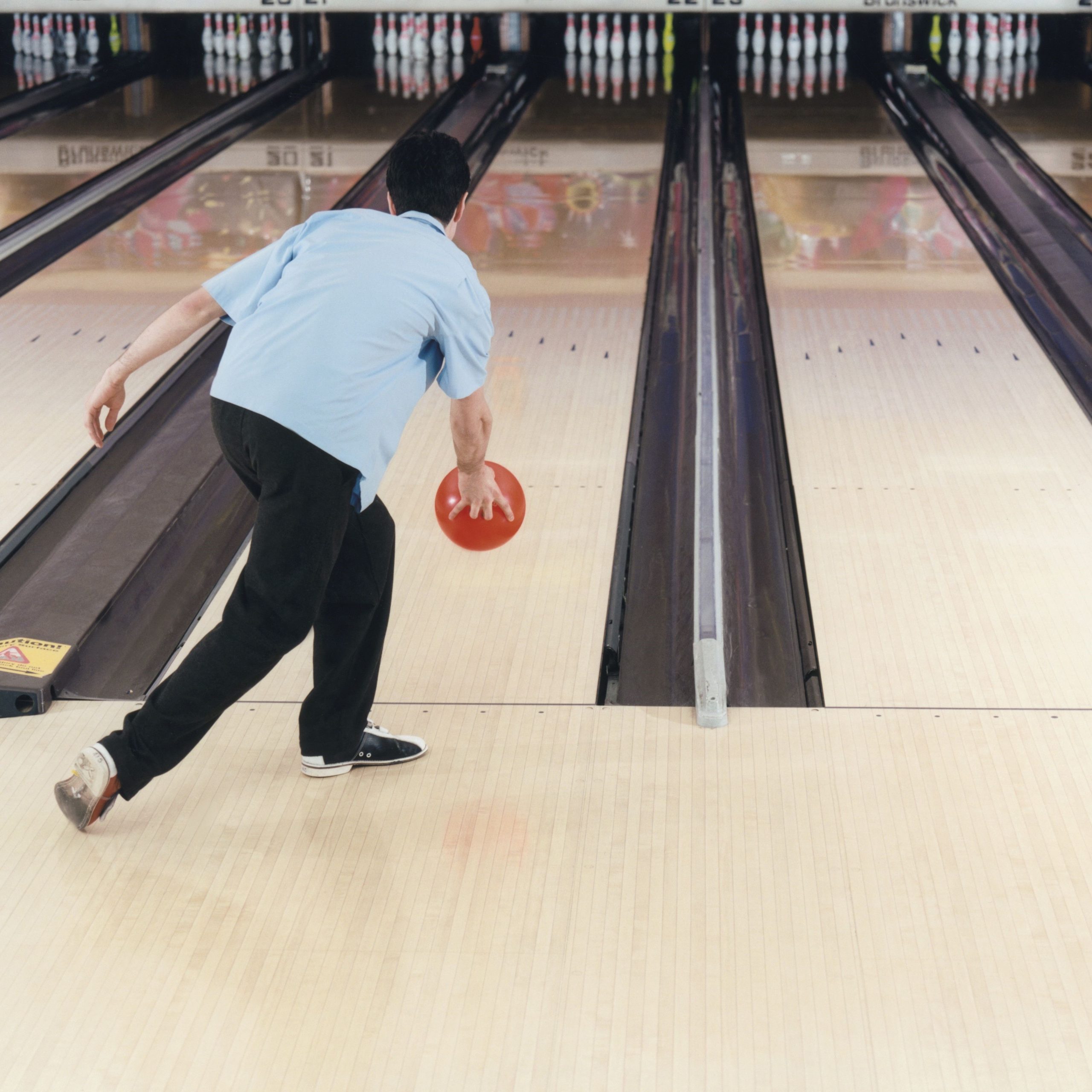Bowling is a beloved sport enjoyed by millions around the world. Whether you’re a seasoned player or a newcomer, understanding the rules of bowling is essential to enhance your gameplay and enjoy the sport to its fullest. This comprehensive guide will walk you through the fundamental rules, scoring systems, equipment guidelines, and essential etiquette to help you master the game with confidence.
 The Basic Objective of Bowling
The Basic Objective of Bowling
At its core, bowling is a game of skill and precision. The primary objective is simple: knock down as many pins as possible with a bowling ball. However, achieving this involves understanding various rules and strategies that govern the game.
Scoring Points Effectively
Scoring in bowling can be straightforward yet intricate. Each game consists of ten frames, where players have two chances per frame to knock down all ten pins. Successfully knocking down all pins in one attempt scores a strike, while doing so in two attempts results in a spare. Accurately tracking your score involves adding the number of pins you knock down plus bonuses for strikes and spares.
Understanding Strikes and Spares
Strikes and spares are pivotal in the rules of bowling. A strike not only adds ten points to your score but also includes the total of your next two rolls as a bonus. Conversely, a spare adds ten points plus the score of your next roll. Mastering these can significantly boost your overall game score.
Equipment and Setup in Bowling
Proper equipment and setup are crucial elements governed by the rules of bowling. Ensuring you have the right gear and understand the setup can enhance your performance and prevent potential penalties.
Choosing the Right Bowling Ball
Selecting the appropriate bowling ball is fundamental. Balls come in various weights and materials, each affecting your grip and throwing technique. It’s essential to choose a ball that fits comfortably in your hand and suits your bowling style.
Proper Lane Conditions
Lane conditions play a significant role in the game. Understanding the oil patterns on the lanes can help you adjust your technique accordingly. Clean and well-maintained lanes are a standard requirement in bowling centers to ensure fair play.
Pin Placement and Maintenance
Pins must be set up correctly at the end of the lane. Proper placement and regular maintenance of pins are part of the rules of bowling to ensure consistency in gameplay. Any misalignment can result in penalties or disqualification.
Essential Rules to Follow
Adhering to the rules is vital for fair competition and enjoyable gameplay. Below are some key rules every bowler should know.
Player Order and Turn-taking
Players must take their turns in the designated order. Skipping or interrupting a player’s turn can lead to confusion and disrupt the flow of the game. Respecting the sequence ensures a smooth and organized match.
Foot Faults and Approach Rules
Foot faults occur when a bowler crosses the foul line during their approach. To avoid this, stand behind the designated line until after releasing the ball. Consistently adhering to approach rules prevents disqualification and maintains the integrity of the game.
Time Limits for Throws
Each bowler is typically allotted a specific amount of time to complete their throw. Adhering to time limits keeps the game moving efficiently and ensures fairness for all participants.
Advanced Scoring Techniques
While basic scoring is essential, advanced techniques can help you maximize your score. Understanding these can take your bowling skills to the next level.
Mastering the Spare Conversion
Converting spares consistently is key to achieving high scores. Focus on aiming for the spare side pins and adjusting your stance and release to improve accuracy. Consistent spare conversion can significantly enhance your overall score.
Utilizing the Strike Bonus
Strikes are invaluable in bowling. To fully utilize the strike bonus, aim for strikes in consecutive frames. This approach not only adds substantial points but also keeps your momentum going strong throughout the game.
Calculating Cumulative Scores
Keeping track of cumulative scores helps you understand your performance over the course of the game. Regularly updating your scorecard ensures you stay on top of your game and can strategize effectively for the remaining frames.
Etiquette and Sportsmanship
Good etiquette and sportsmanship are integral parts of the rules of bowling. Respecting fellow players and maintaining a positive attitude contributes to a pleasant and competitive environment.
Respecting Game Play and Fellow Bowlers
Always wait for your turn and avoid distracting others during their throws. Being mindful of noise levels and movement around the lane shows respect and helps maintain focus for everyone involved.
Handling Disagreements Gracefully
Disagreements can occur, but handling them with grace is essential. Address any concerns calmly and seek assistance from the bowling center staff if necessary. Maintaining composure fosters a friendly and enjoyable atmosphere.
Celebrating Wins and Learning from Losses
Whether you win or lose, celebrate your achievements and learn from your experiences. Positive reinforcement encourages continuous improvement and keeps the game enjoyable for all players.
Common Penalties and How to Avoid Them
Understanding potential penalties ensures you adhere to the rules and maintain a fair game. Here are some common penalties and ways to avoid them.
Foul Line Violations
Stepping over the foul line before releasing the ball results in a foul. To avoid this, focus on your approach and ensure you release the ball before your foot crosses the line.
Illegal Equipment Use
Using illegal or damaged equipment can lead to penalties. Regularly inspect your bowling ball and gear to ensure they meet the standards set by the bowling center.
Unsportsmanlike Conduct
Displaying unsportsmanlike behavior, such as arguing with officials or other players, can result in penalties. Always maintain a respectful and positive demeanor to avoid such issues.
Tips for Beginners
For those new to bowling, following these tips can help you understand and adhere to the rules of bowling effectively.
Start with Basic Techniques
Begin with fundamental bowling techniques, such as proper grip, stance, and release. Mastering these basics lays a strong foundation for more advanced skills.
Practice Consistently
Consistent practice is crucial for improvement. Regularly visiting the bowling alley allows you to familiarize yourself with lane conditions and refine your techniques.
Seek Guidance from Experienced Bowlers
Learning from experienced bowlers or taking lessons can accelerate your progress. They can provide valuable insights and personalized tips to enhance your game.
 Exploring Different Bowling Styles
Exploring Different Bowling Styles
Understanding various bowling styles can help you find the one that best suits your strengths and preferences.
Straight Bowling
This straightforward approach involves releasing the ball in a straight trajectory towards the pins. It’s an excellent style for beginners aiming to understand basic bowling mechanics.
Hook Bowling
Hook bowling adds a curve to the ball’s path, increasing the chances of hitting the pins more effectively. Mastering the hook can significantly improve your strike rate.
Backup Bowling
Backup bowling moves the ball in the opposite direction, which can be useful in specific lane conditions. While less common, it offers strategic advantages in certain scenarios.
The Importance of Lane Etiquette
Lane etiquette ensures a respectful and orderly environment for all players. Here are some key aspects to follow.
Cleaning the Lanes After Use
Always take responsibility for cleaning the lane after your turn. Use the provided tools to remove any debris or spills, maintaining a clean and safe playing area.
Waiting for Your Turn
Be patient and wait for the previous player to complete their turn before approaching the lane. Rushing or cutting in line can cause disruptions and potential accidents.
Respecting the Space of Other Bowlers
Stay within your designated area and avoid encroaching on others’ space. This consideration helps prevent interference and ensures everyone can play comfortably.
Understanding the Different Formats of Bowling
Bowling can be played in various formats, each with its own set of rules and scoring methods. Familiarizing yourself with these can diversify your bowling experience.
Traditional Ten-Pin Bowling
Ten-pin bowling is the most common format, involving ten pins set up in a triangular formation. It’s the standard game played in most bowling centers and tournaments.
Candlepin Bowling
Candlepin bowling features thinner pins and smaller balls, offering a unique challenge. This variation is primarily popular in specific regions and requires different techniques.
Duckpin Bowling
Duckpin bowling uses shorter and squatter pins compared to ten-pin bowling. The balls are smaller, making it harder to knock down all pins with a single throw.
Five-Pin Bowling
Five-pin bowling is common in Canada, featuring five smaller pins and a unique scoring system. Understanding the variations in pin arrangement and scoring is essential for playing different formats.
 The Role of Bowling Alleys and Centers
The Role of Bowling Alleys and Centers
Bowling alleys and centers play a pivotal role in facilitating the game. Here’s how they contribute to the overall bowling experience.
Providing Equipment and Facilities
Bowling centers supply all necessary equipment, including balls, shoes, and maintenance tools. Ensuring the availability and quality of these resources is crucial for a seamless gaming experience.
Organizing Leagues and Tournaments
Many bowling centers host leagues and tournaments, offering structured competition opportunities. Participating in these events can enhance your skills and foster a sense of community.
Offering Training and Coaching
Professional coaching and training programs are often available at bowling centers. Taking advantage of these services can accelerate your improvement and deepen your understanding of the game.
Safety Measures in Bowling
Safety is paramount in any sport, including bowling. Adhering to safety measures ensures a secure and enjoyable experience for all players.
Proper Footwear
Wearing the provided bowling shoes is essential to prevent slips and ensure smooth movement on the approach. Always use the designated footwear to maintain lane cleanliness and safety.
Handling Equipment Carefully
Properly handling bowling equipment reduces the risk of injury. Avoid dropping or throwing balls recklessly, and always store them securely when not in use.
Being Aware of Surroundings
Stay mindful of other players and avoid distractions that could lead to accidents. Maintaining awareness of your environment ensures a safe and respectful playing space.
Technological Advances in Bowling
Technology has significantly impacted how bowling is played and experienced. Understanding these advancements can enhance your appreciation and performance.
Automated Scoring Systems
Modern bowling alleys use automated scoring systems, making it easier to track scores accurately. These systems streamline the game, allowing players to focus on their performance.
Lane Conditioners and Maintenance Technology
Advanced lane conditioners help maintain optimal lane conditions. Consistent maintenance ensures fairness and enhances the overall quality of the game.
Smart Bowling Balls and Sensors
Innovative bowling balls equipped with sensors provide real-time data on your throw, helping you analyze and improve your technique. Embracing this technology can offer valuable insights into your gameplay.
 Strategies to Improve Your Bowling Game
Strategies to Improve Your Bowling Game
Implementing effective strategies can lead to significant improvements in your bowling performance. Here are some proven techniques to consider.
Developing a Consistent Approach
A consistent approach helps in achieving uniformity in your throws. Focus on maintaining a steady tempo and rhythm to enhance accuracy and control.
Focusing on Target Points
Aim for specific target points on the lane to guide your ball’s trajectory. Visualizing your target can improve your precision and increase the likelihood of striking.
Adjusting Your Grip and Release
Experiment with different grips and release points to find what works best for you. Fine-tuning these aspects can enhance your control and improve your overall performance.
Mental Preparation and Focus
Bowling requires mental concentration as much as physical skill. Develop a pre-throw routine to maintain focus and reduce anxiety during competitive play.
The Social Aspect of Bowling
Bowling is not just a sport; it’s a social activity that brings people together. Understanding the social dynamics can enrich your bowling experience.
Building Community Through Leagues
Joining a bowling league fosters a sense of community and camaraderie. Engaging with fellow bowlers creates lasting friendships and a supportive network.
Hosting Bowling Parties and Events
Organizing bowling parties and events is a fun way to celebrate special occasions. These gatherings offer an enjoyable environment for friends and family to bond over the game.
Encouraging Friendly Competition
Engaging in friendly competition motivates improvement and makes the game more exciting. Celebrating each other’s successes and supporting through challenges strengthens relationships and enhances enjoyment.
 Conclusion
Conclusion
Understanding and adhering to the rules of bowling is fundamental to enjoying and excelling in the game. By mastering the basics, embracing advanced techniques, and maintaining good etiquette, you can elevate your bowling experience to new heights. Whether you’re playing casually or competitively, this comprehensive guide equips you with the knowledge and confidence to navigate the complexities of bowling. Embrace these rules, practice diligently, and watch your skills and enjoyment of bowling flourish.